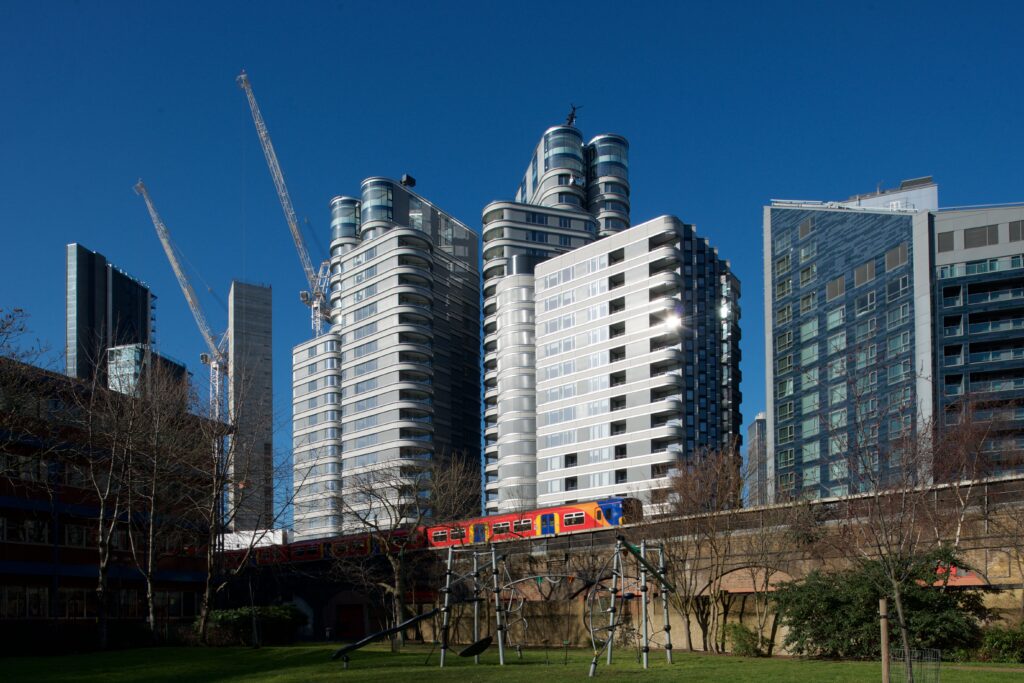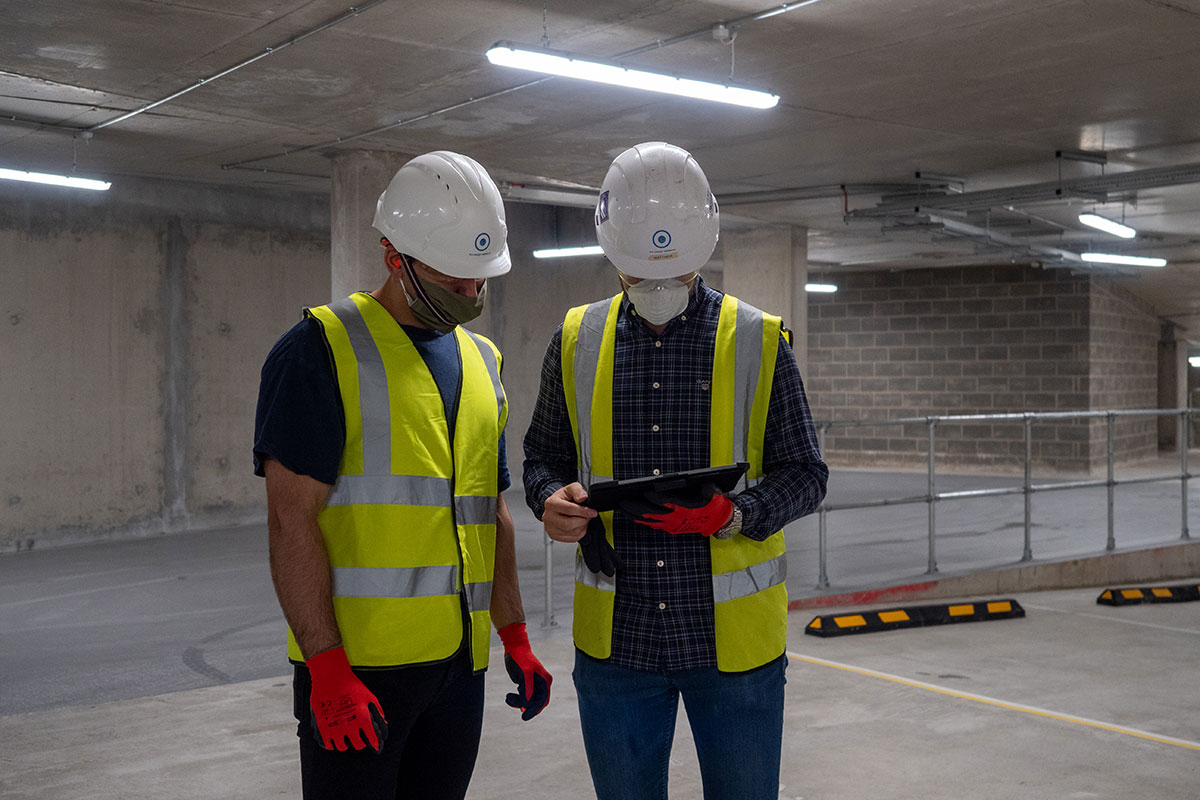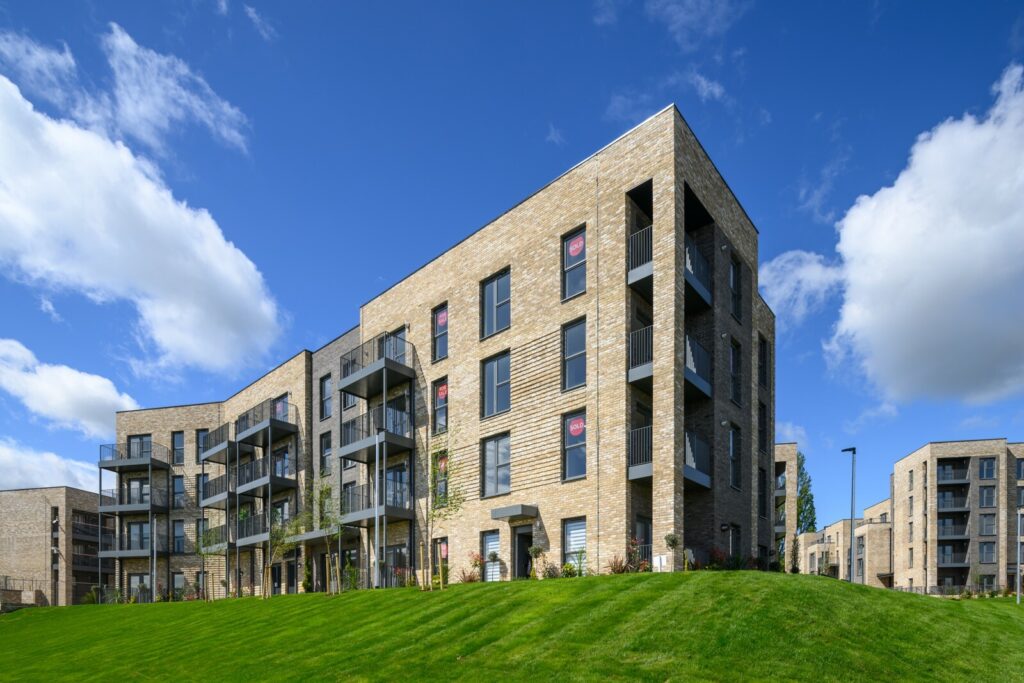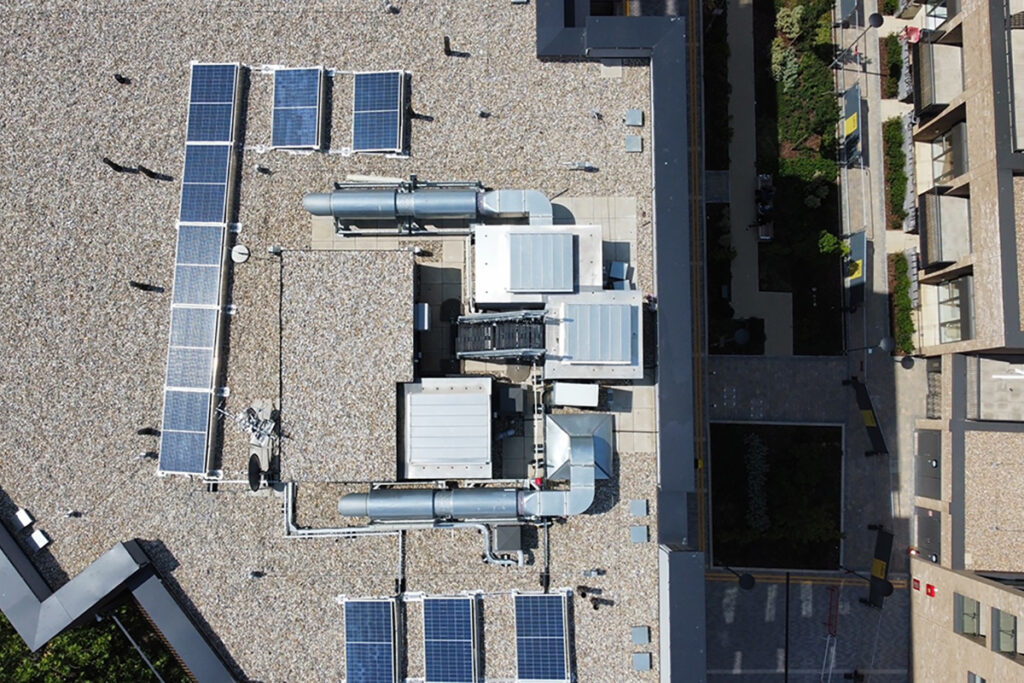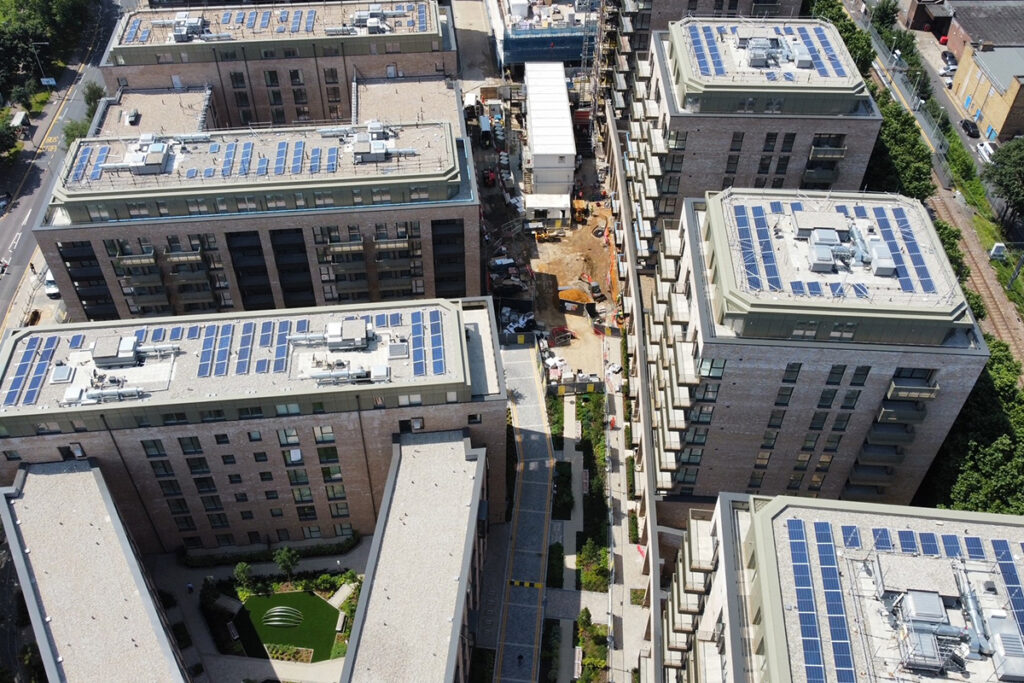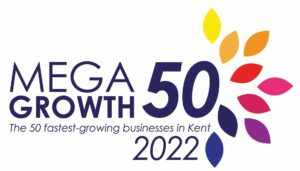Following its introduction in October 2023, the Building Safety Regulator (BSR), part of the Building Safety Act 2022 has been the sole authority for building control of Higher-Risk Buildings (HRBs). The BSR is responsible for approving detailed designs through the new three-stage Gateway process.
Despite its introduction, the approval process has been lengthy due to the thorough safety assessments required, and delays have raised concerns within an industry that is still adjusting to the new regulatory framework.
In August, the Royal Institution of Chartered Surveyors (RICS) highlighted that discussions between the Construction Leadership Council and the BSR were underway regarding the backlog and delays. The BSR noted a higher-than-expected number of HRB applications, with incomplete or non-compliant submissions contributing to the delays.
There is growing frustration within the industry regarding the BSR and the Gateway process, with bottlenecks putting projects under strain.
A Freedom of Information Act (FOI) request made by the Fire Industry Association revealed the following statistics:
- 1,018 Gateway Two applications From 1 October 2023 to 16 September 2024
- 146 successful applications
- 25 rejected applications
- 847 applications are still awaiting a decision.
With only a 14% approval rate since its introduction, the industry is understandably concerned about the potential impact of the BSR approvals process on both current and future projects.
To alleviate the bottleneck in the approval process, engaging early with smoke ventilation and fire engineering companies is a key solution. This proactive approach ensures the system is fully compliant, reducing the risk of rejection from the BSR. We’ve outlined the key benefits of early engagement and how it can help your project pass through Planning Gateway 2 and BSR approval.
By involving a smoke ventilation specialist who works closely with fire engineers from the outset, you can significantly impact the design process and improve the chances of securing BSR approval for Planning Gateway 2 (PG2). This is especially crucial as the golden thread of information ensures compliance, maintaining a clear and traceable record of fire safety decisions throughout the project lifecycle.
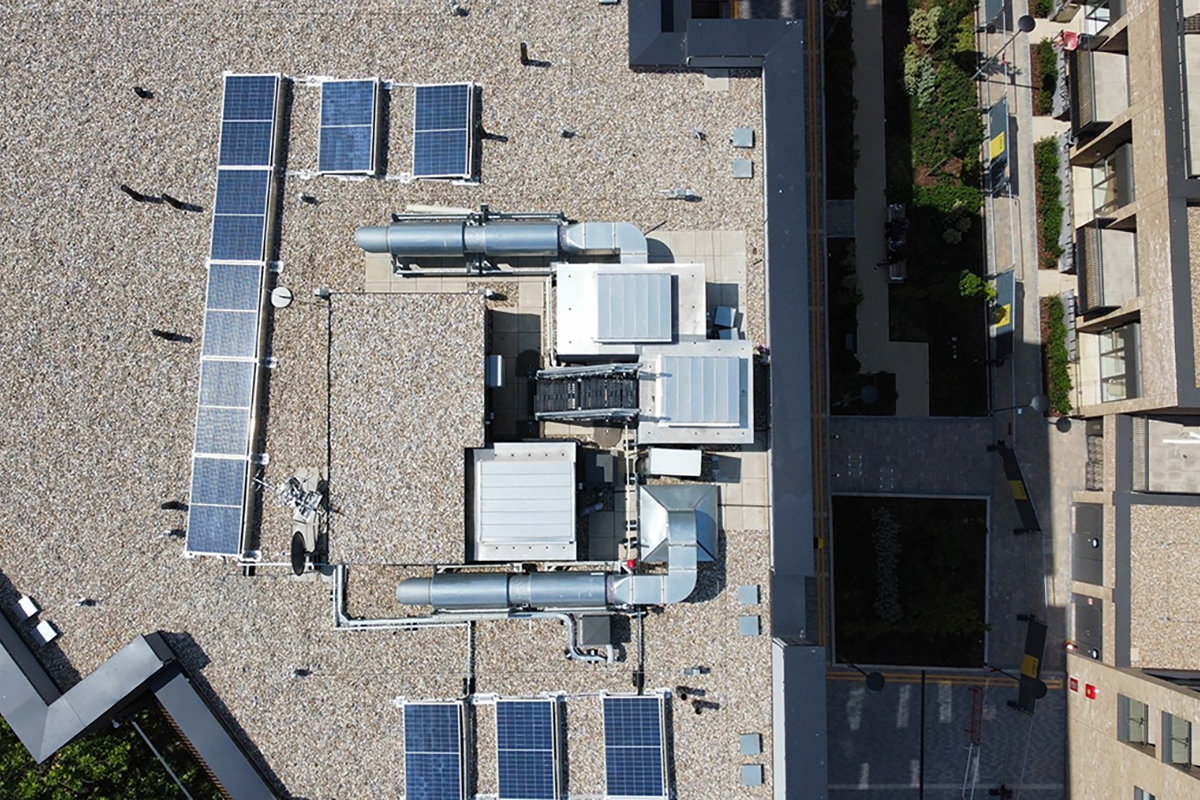
Compliance with Fire Safety Regulations
Engaging with a specialist early ensures that the smoke ventilation strategy is aligned with the latest fire safety regulations, including Approved Document B, BS 9991, and BS 9999. This approach helps avoid late-stage redesigns that can delay approvals and increase costs.
Having a smoke ventilation system integrated early in the design process creates a traceable, compliant record that is essential for the golden thread of information, ensuring transparency and adherence to safety standards from start to finish.
Integration with the Overall Fire Strategy
A specialist with close connections to fire engineers ensures that the smoke ventilation system is a seamless part of the building’s fire strategy, rather than a last-minute addition. This collaboration not only contributes to means of escape, fire-fighting access, and smoke control but also plays a key role in maintaining the golden thread of information by ensuring fire safety systems are well-documented and consistently integrated throughout the design process.
The result is a clear and effective approach to PG2 approval, demonstrating robust safety systems aligned with the fire strategy.
Optimisation of Design and Cost Efficiency
Early input from a specialist ensures the smoke ventilation system meets safety requirements without overengineering, providing a cost-effective solution that is practical, maintainable, and energy-efficient. It is important to create a comprehensive, coordinated set of documentation that helps maintain the golden thread of information. Late-stage changes to meet BSR expectations often lead to expensive retrofits and project delays, and without clear records, these adjustments can be hard to justify.
Risk Reduction and Regulatory Approval
The BSR places a strong emphasis on demonstrating compliance with safety requirements at PG2. It is beneficial to work alongside a smoke venting specialist and fire engineering consultancy who prioritises a holistic approach to provide the necessary documentation, fire modelling, and justification for a smoother approval process.
Having a well-documented and coordinated system reduces the risk of rejection or additional scrutiny from the regulator.
Improved Coordination Between Disciplines
By engaging early, the smoke ventilation specialist can collaborate with architects, M&E consultants, and structural engineers to ensure the system integrates seamlessly within the overall building design. This prevents potential issues such as insufficient shaft space, conflicts with other services, or impractical installation routes, which can arise if smoke control is considered too late.
Future-Proofing for Regulatory Changes
With fire safety regulations evolving. It’s essential to stay ahead of regulatory changes.
Employing a specialist with great understanding of current and upcoming regulations can help future-proof the design, ensuring long-term compliance and reducing the need for later modifications. The golden thread of information ensures that as regulations change, every decision made during the design and implementation phases is fully traceable and easily accessible, facilitating easier adjustments when necessary.
